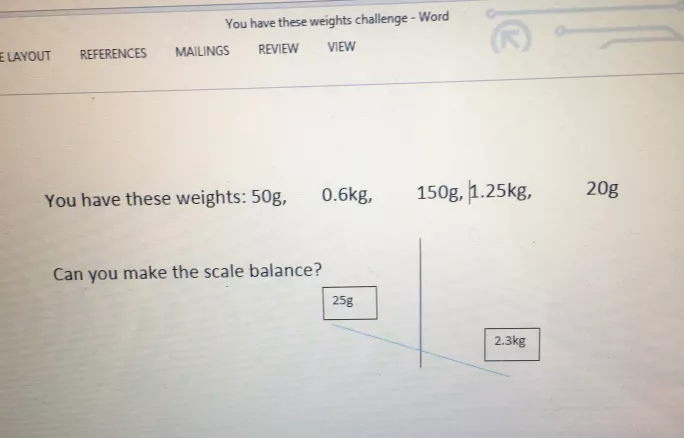This coming academic year, as a maths lead in a three-form entry school, I am encouraging (banning would be the impolite term) the staff to stop all forms of marking - with the exception of one method.
As a member of the senior leadership team, I would have felt outraged at such a suggestion in the past. However, hear me out.
Through rigorous work scrutiny this year, I have observed how huge the range of marking across the classes is: from a simple (and fairly pointless) “Great work, [insert name here]” to a lengthy paragraph per piece that offered little more than a simple “well done” would have.
Of course, the school has a marking policy that teachers are expected to follow and this is regularly reviewed with staff. However, this has seemingly not produced the consistency that was intended, and, more importantly, it has had little impact on the children’s learning.
A new approach
So what approach am I encouraging now, and why?
This September, staff will be shown examples of the “challenge” approach to marking that I found to be successful when I trialled it last year. Not only did the method save me huge amounts of time slaving away thinking of comments to write; not only did it save on ink (hard times require any and all money-saving initiatives); not only did it ensure consistency across Year 6 in terms of marking and expectations, but it also allowed the children to progress further, deepening or consolidating their learning.
The approach is simply this. During the lesson, I would have a Word document open. As the lesson progressed I would be able to see how each group seemed to be working towards the objective. As the lesson ended I would then quickly type up a challenge (copying and pasting to produce enough for each child to have a copy) that could then be stuck into books at the end of the lesson.
For example, when the children had mastered unit conversion of mass, I might set a challenge something like this:
There is then no marking except ticks and an arrow to show the children that this is the challenge to complete.
And that is it. Literally 30 seconds of marking.
Sometimes, all children get the same challenge. Sometimes there will be a slight difference.
Then, in the next lesson, we spend the first five minutes going over the challenge from the previous lesson.
Having discussed this with my headteacher, the school will be rolling out this marking approach in maths for the whole school for this year. Perhaps you should try it yourself.
Have a go. See the benefits. Save time. Deepen the kids’ learning.
Kevin O’Brien is assistant head and Year 6 teacher at a primary school in Merseyside.





